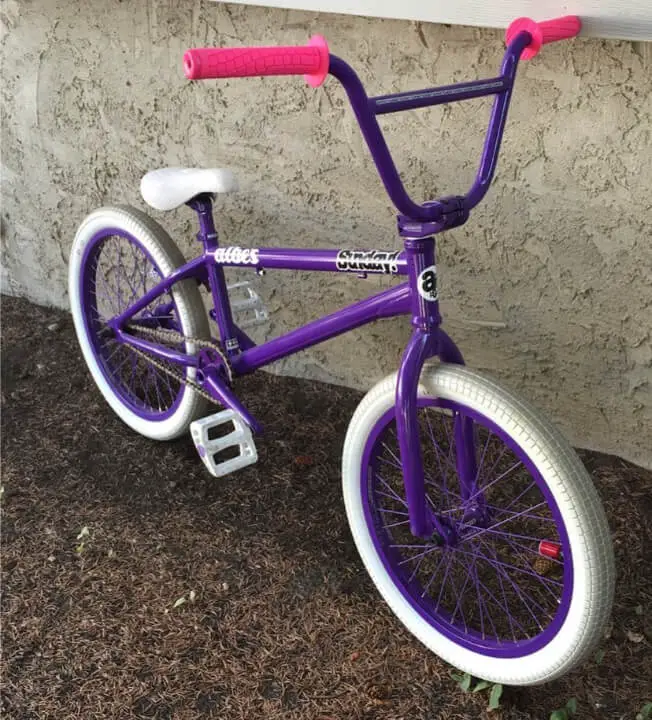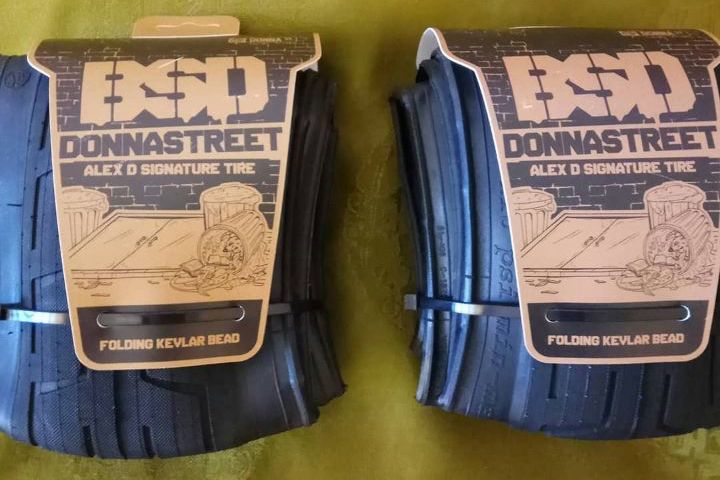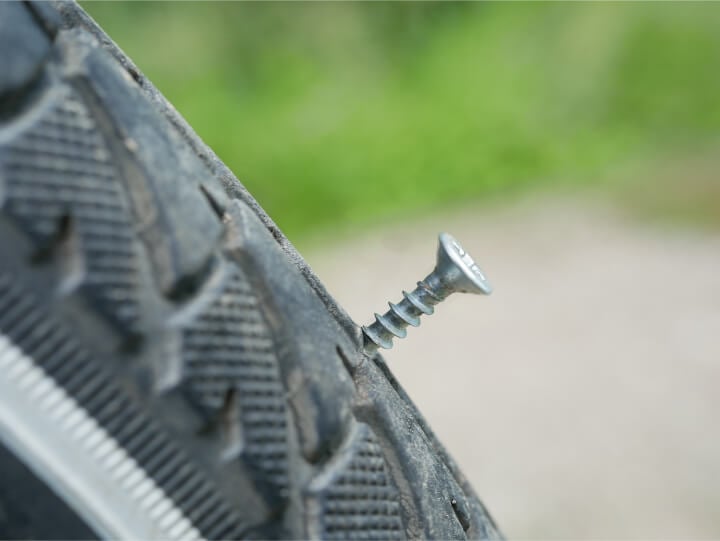Navigating the world of BMX biking can be thrilling, but it also comes with its own set of challenges. One of which is understanding the lifespan of your BMX tires.
How often should you replace them? What factors contribute to their wear and tear? If you’ve ever found yourself asking these questions, you’re not alone.
As a seasoned BMX rider and gear analyst, I’ve seen firsthand how the longevity of BMX tires can impact your performance and safety. Whether you’re a casual rider or a competitive athlete, knowing when to replace your tires is crucial.
That’s why we’ve put together this comprehensive guide. In this post, we’ll explore the factors that affect the lifespan of BMX tires, provide tips on how to extend their life, and offer recommendations on the best tires for different riding styles.
Factors Influencing BMX Tire Lifespan
BMX tire lifespan is influenced by a variety of factors. Unlike car or motorcycle tires, BMX tires face unique challenges during many types of riding, such as dirt, street, or park.
Environmental factors like temperature and humidity can also affect the rubber’s condition. Experienced riders often have a feel for how different conditions impact their tires, adjusting their maintenance schedules accordingly. However if you’re newer to riding or if you’re in a new climate, this can be tricky to understand.
Tire Pressure
Tire pressure is not a trivial matter in BMX tires. While some riders inflate their rear tires to almost 90 psi for a stiffer ride, others might choose a more forgiving 60-70 psi. The range of effective tire pressures is huge in BMX, so choosing the most effective pressure for you is important.
Riding at higher pressures may reduce the “squish” during jumps, offering better control. However, the flip side is that higher pressure can accelerate tire wear, particularly on abrasive surfaces.
Higher tire pressures also put the rubber under higher stress. The rubber compound and wired construction will gradually stretch after being under such strain for long periods of time.
Terrain and Riding Style

![]() Photo by @claydoggsbikes
Photo by @claydoggsbikes
The terrain you ride on has a massive influence on your BMX tires’ lifespan. If you’re into street riding with lots of grinds, expect more rapid wear from the variety of obstacles out in the world.
On the other hand, smoother park terrains that are designed for BMX bikes can be less punishing, allowing some tires to last up to 1000 miles or more.
Dirt jump riders often wear out their tires fast. Sometimes after just 500 miles. Wood, mud, and rocks are aggressive to bike tires, not to mention the unknown amount of sharp and rough items you’ll find in the forests.
Tire Compound
The type of rubber used in the tire significantly affects its durability. Softer rubber compounds like MaxxGrip offer better grip but wear out faster.
In contrast, harder compounds like MaxxTerra might not offer the same level of control but tend to last longer. Seasoned riders often choose their tire compound based on the riding conditions they most frequently encounter.
Weight and Landing
Your body weight and landing style can put varying levels of stress on your tires. Heavier riders, or those who have a more aggressive riding style, may find their rear tire wearing out much faster than the front.
The rear tire usually bears the brunt of hard landings and is also the driving force during pedaling, making it more susceptible to wear.
Seasonal Changes
Some BMX riders adapt their setups for different seasons. For example, during wetter months, a softer rubber compound might be preferred for the front tire to maximize grip.
In drier conditions, a harder rear tire could be more advantageous for longevity. This seasonal switch helps balance out wear while optimizing performance.
Personal Preferences
Personal preference plays a significant role in tire replacement. Some riders are meticulous about tire wear and will replace them based on mileage or visible wear indicators.
Others go by “feel,” swapping out their tires when they start losing grip or control. Either way, it’s about what makes you comfortable and confident while riding.
Quality of the BMX Tire

![]() Photo by @k4bmx
Photo by @k4bmx
High-quality tires usually offer better longevity and performance but at a cost. Brands like Maxxis, Michelin, and Continental are renowned for producing durable BMX tires that many professional riders trust.
Investing in quality can actually save money in the long run, as cheaper tires tend to wear out more quickly and may compromise safety.
Frequency of Use
How often you ride directly impacts how long your tires will last. A daily commuter or frequent trick rider will naturally go through tires much quicker than someone who rides occasionally. It’s a simple equation: more use equals more wear.
Maintenance and Care
Proper maintenance can significantly extend the lifespan of your BMX tires. Regularly inspect them for signs of wear, such as cuts or punctures.
Ensure they are inflated to the recommended pressure levels, and clean them to remove debris that could cause additional wear. A little bit of care goes a long way in prolonging tire life.
How to Extend the Lifespan of Your Tires
Taking proactive steps can extend the lifespan of your BMX tires. This not only saves you money but also improves performance and safety. From maintaining the right inflation levels to regular inspections, a little attention to detail can go a long way.
Proper Inflation
Maintaining the correct tire pressure is crucial for extending your BMX tire’s life. Over-inflation can make the tires more susceptible to punctures and rapid wear, especially when riding on rough terrains.
Underinflation, on the other hand, can lead to poor control and faster sidewall wear. A quality pressure gauge and frequent checks are your best friends in this regard. Seasoned riders often check tire pressure before every ride to ensure optimal performance.
Regular Inspection
Consistent inspections can help identify issues before they become bigger problems. Look for signs of wear like thinning rubber, cuts, or punctures. Also, keep an eye on the tire sidewalls; cracks here can indicate that the tire is aging or has been exposed to harsh environmental conditions.
The sooner you spot these signs, the quicker you can take action to prevent further deterioration. Ignoring them may lead to sudden tire failure, which is both frustrating and dangerous.
Timely Replacement
Knowing when to replace your BMX tires is as crucial as maintaining them. Many tires come with tread wear indicators, which are small raised points that disappear as the tire wears down.
Once these indicators are gone, it’s time for a replacement. Also, if you experience frequent flats or notice that the grip has significantly reduced, it may be time for new tires.
Signs of a Worn-Out Tire

Knowing when to replace your BMX tire is crucial for both performance and safety. Here are some telltale signs that your tire is past its prime.
Visible Cracks
If you see cracks on the sidewalls or tread, it’s a red flag. Cracks are often a result of prolonged exposure to the elements or simply old age. They compromise the structural integrity of the tire, making it more susceptible to punctures and blowouts.
Bulges and Blisters
Spot a bulge or blister on your tire? That’s a sign of internal damage. These deformities can cause uneven wear and make your ride unstable. If you notice any, replace the tire immediately to avoid a potential accident.
Tread Wear
Tread wear is a bit subtler but equally important. If the tread looks smooth or you can see the underlying layer, it’s time for a new tire. Worn-out tread reduces your grip on the road, affecting your control and increasing the risk of skidding.
Frequently Asked Questions
How long do BMX tires last?
BMX tire lifespan varies, but expect 6-12 months for frequent riders and up to 2 years for casual use.
Should you change both BMX tires at the same time?
No, you don’t have to replace both tires simultaneously. The rear tire usually wears out faster, so replace as needed.
Why do some BMX bikes have skinny tires?
Skinny tires are common on BMX bikes designed for racing or flatland tricks. They’re lighter and offer less rolling resistance, but may lack grip compared to wider tires.


